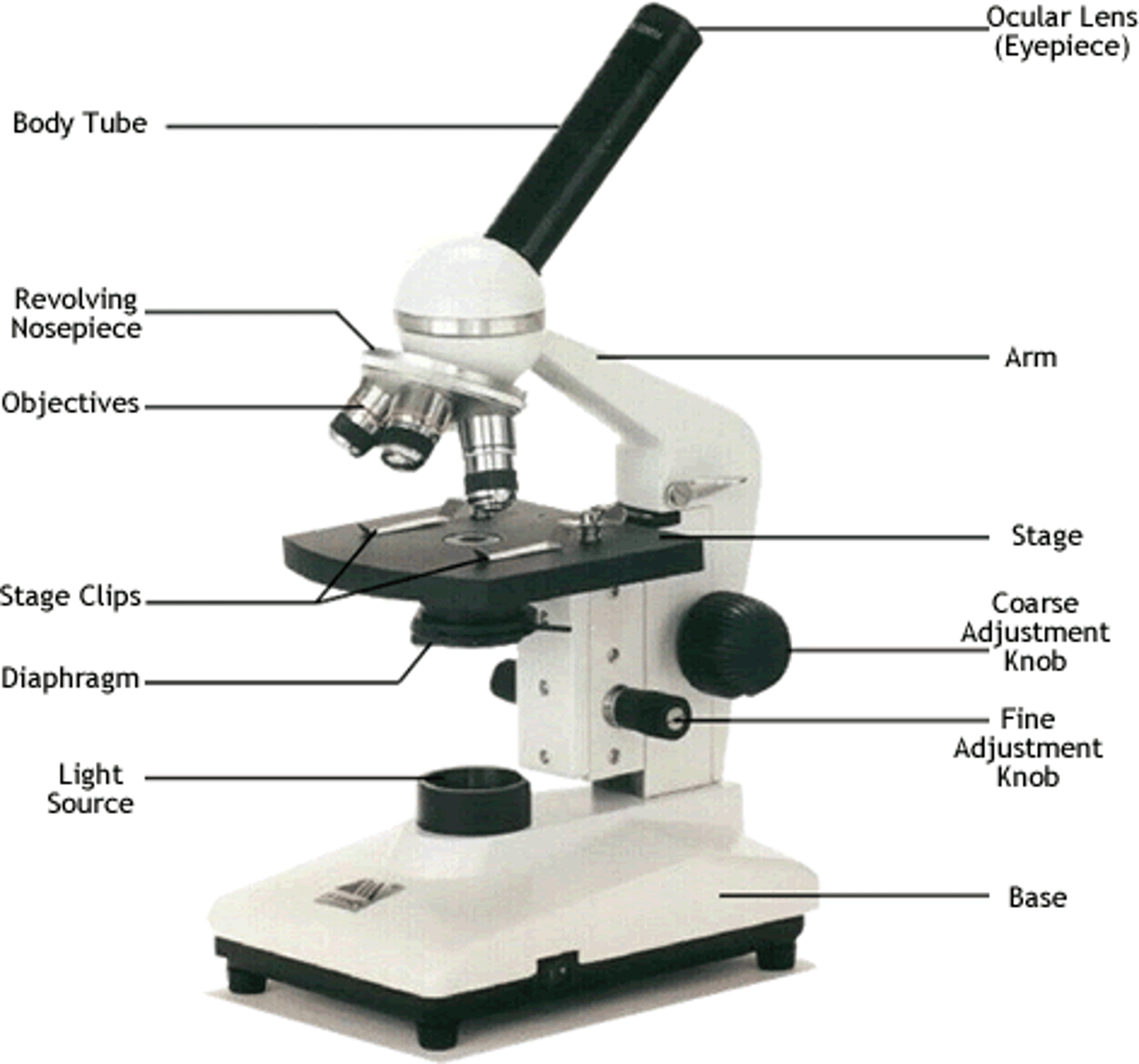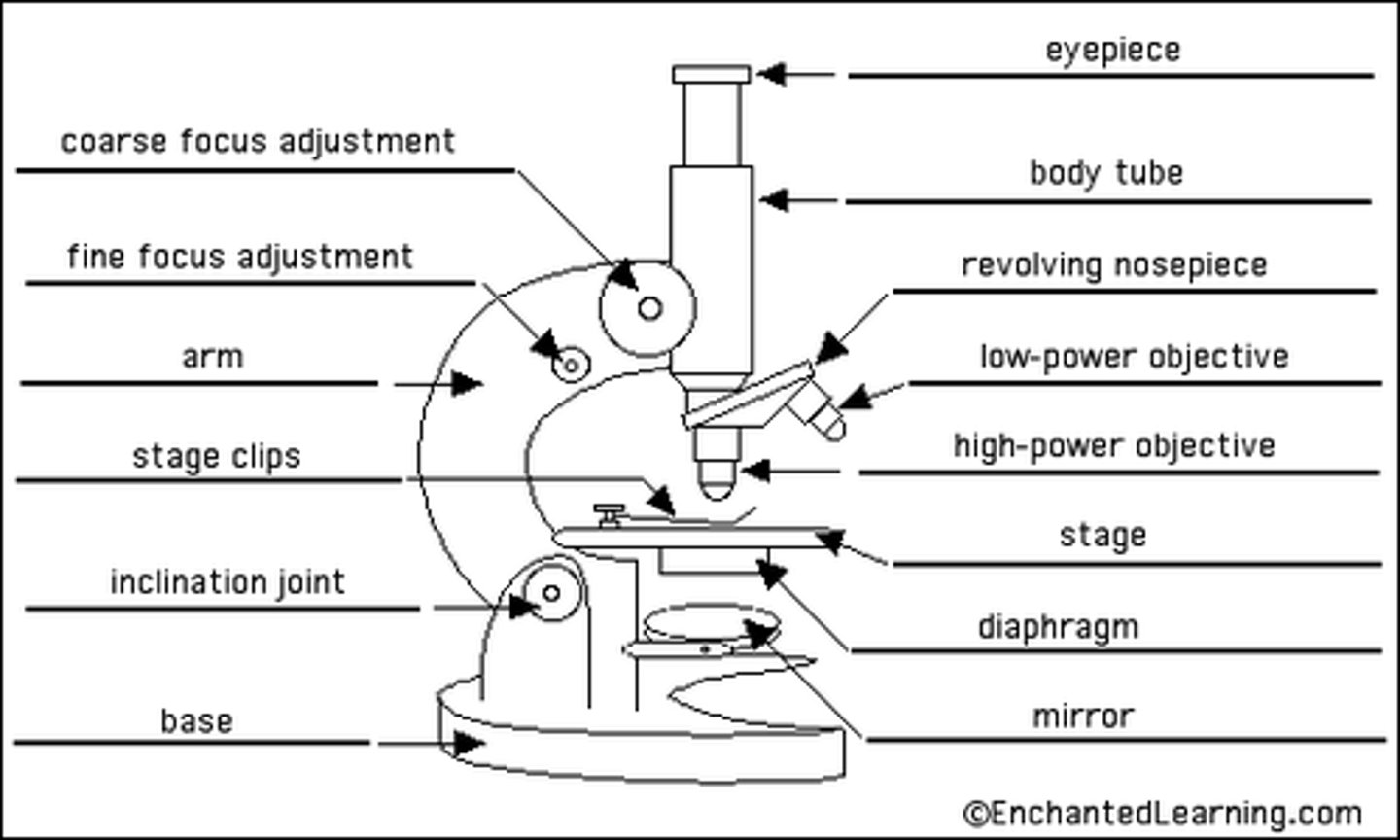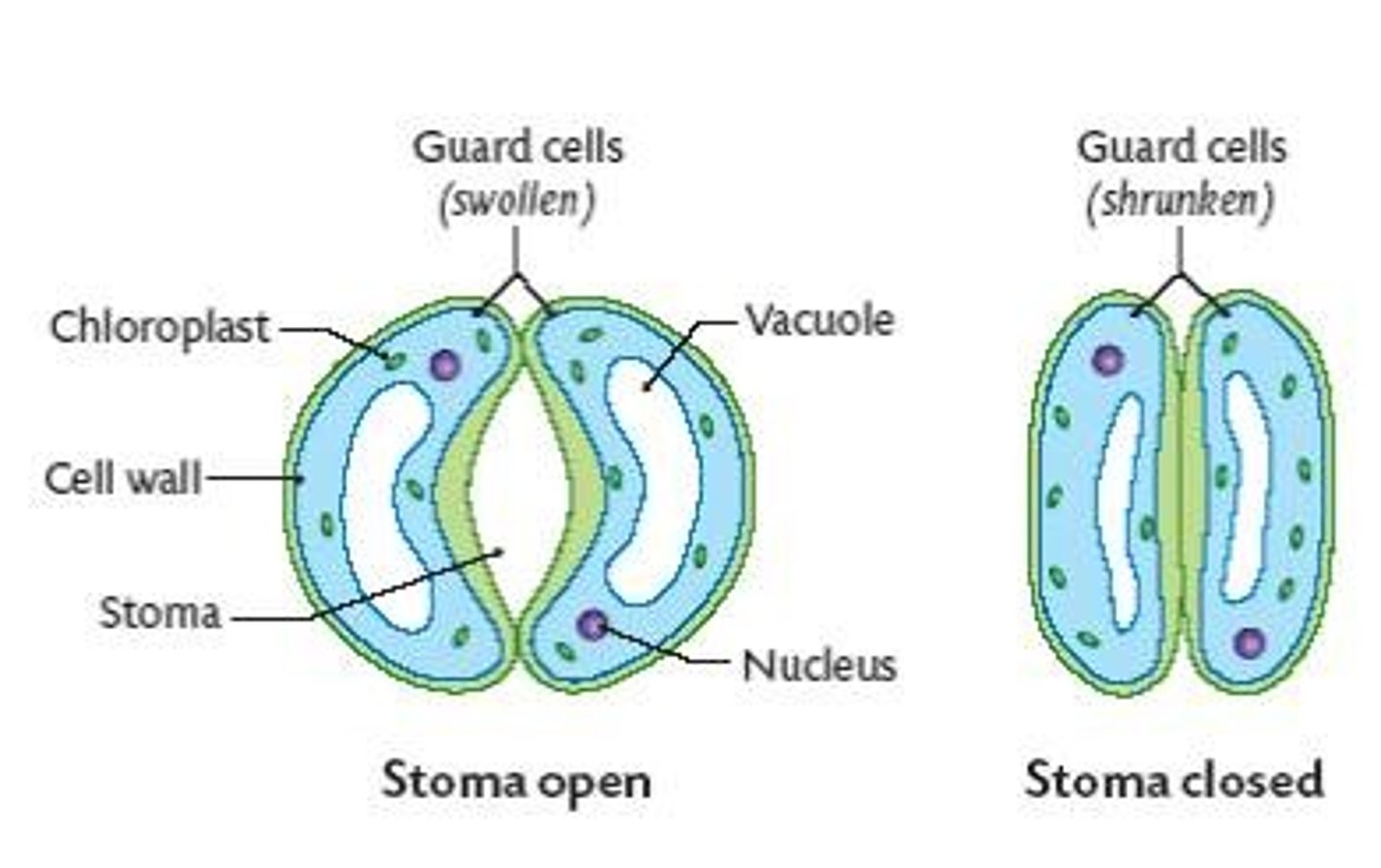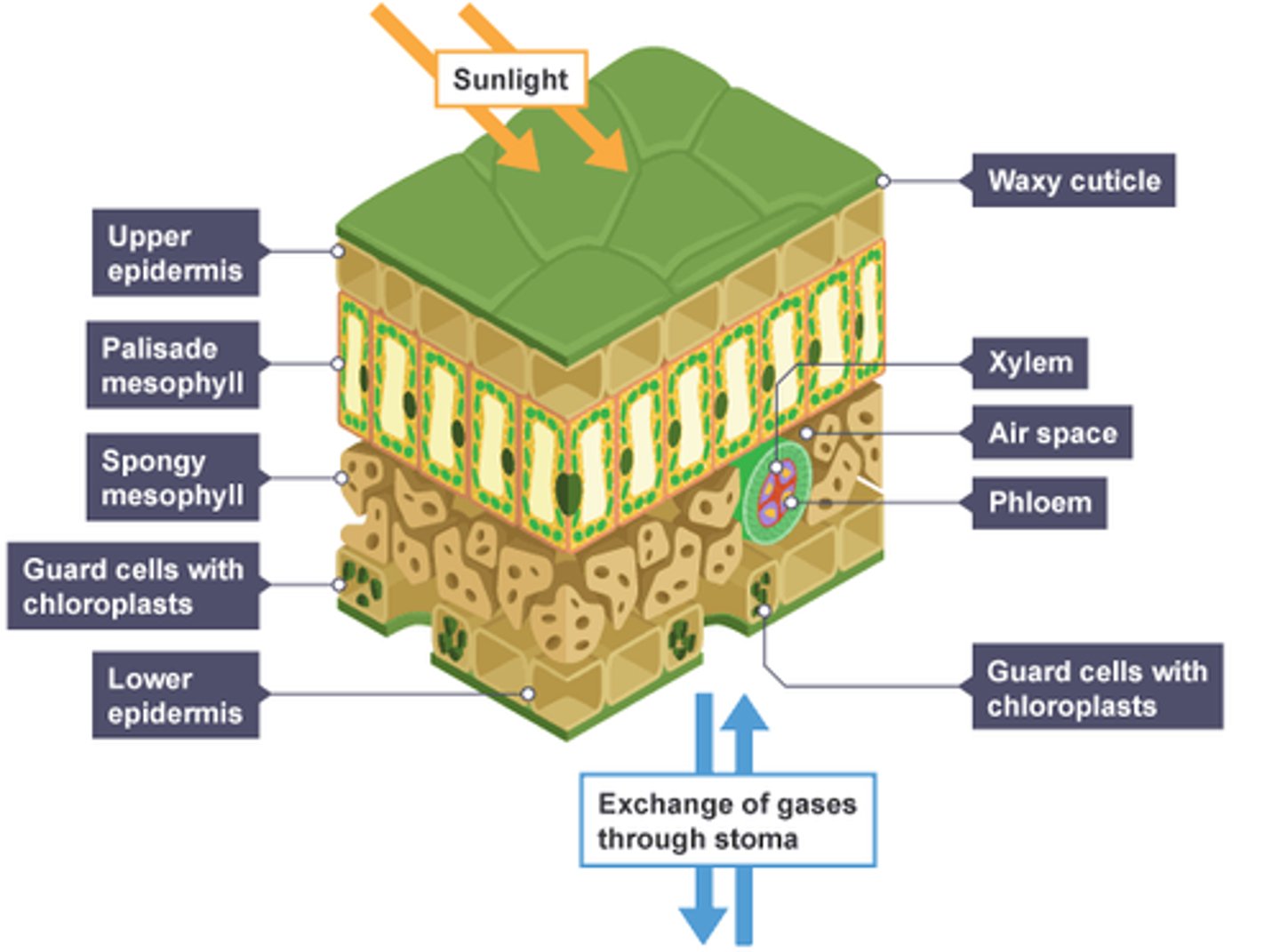Biology Paper 1 GCSE AQA Triple Science
1/248
There's no tags or description
Looks like no tags are added yet.
Name | Mastery | Learn | Test | Matching | Spaced |
|---|
No study sessions yet.
249 Terms
cell
the basic building block of all living things. they are the smallest unit of an organism. They can do all the 7 life processes. They can be prokaryotic or eukaryotic
Organism
A living thing made of one or more cells capable of performing the 7 life processes - Movement, Respiration, Sensitivity, Growth, Reproduction, Excretion, Nutrition
What are the 7 life processes?
(Remember MRS GREN)
Movement, Respiration, Sensitivity, Growth, Reproduction, Excretion, Nutrition
animal cell
A small living part of a multicellular organism that eats to gain energy and reproduces sexually.
Animal cells do not have
cell wall, chloroplasts, vacuole, flagellum (including sperm), plasmid, slime capsule
Animal cells have
cytoplasm, cell membrane, mitochondria, nucleus, ribosomes
Why are there differences between cells?
Cells need to adapt to suit their functions. This is called cell differentiation. For example, sperm have lots of mitochondria to allow them to have enough energy to complete their task
plant cell
A small living part of a multicellular organism that makes its own food in chloroplast and reproduces sexually or asexually.
Plant cells have
cytoplasm, cell membrane, cell walls, chloroplast, mitochondria, nucleus, ribosomes, vacuole
plant cells don't have
flagellum, plasmid, slime capsule
bacteria cells have
cytoplasm, cell membrane, ribosomes, genetic material, cell wall(not made up of cellulose, always there), flagellum (sometimes), plasmid (sometimes), slime capsule (sometimes),
cell membrane
An organelle surrounding the cytoplasm that controls which substances can enter or leave the cell with its semi-permeable membrane (only certain substances can diffuse through the membrane)
Cytoplasm
A jelly-like substance made of proteins, nutrients and salts dissolved in water. Many chemical reactions occur here.
Nucleus
An organelle containing genetic material, including DNA. Controls the activities of the cell. Chromosomes are found here which determine our individual characteristics.
Mitochondria
Powerhouse of the cell. An organelle found in large numbers in most cells. Here sugar and oxygen react together to release energy (energy production) by the process of aerobic respiration.
Vacuole
Contains cell sap to help keep the cell turgid. The vacuole acts as a storage area. Animal cells may also have vacuoles, but these are small and temporary. In animals, they are commonly used to store or transport substances.
Chloroplast
An organelle only found in photosynthesising plants and algae. Contains the green pigment, chlorophyll, which absorbs light energy for photosynthesis. Contains the enzymes needed for photosynthesis. Here light energy is converted into chemical energy (food) using the molecule chlorophyll.
cell wall
Made of cellulose (except for bacteria). Only found in plant cells and algae cells. A rigid structure that surrounds the cell membrane and provides strength and support to the cell.
Ribosome
Protein synthesis occurs here (protein production)
Organelle
A tiny cell structure that carries out a specific function within the cell. Organelles keep cells living. e.g. a nucleus is an organelle.
algae cells
a large and diverse group of simple organisms. They can be unicellular (single-celled) or multicellular e.g. seaweed. They are not plant cells but are photosynthetic like plants and also have a cell wall made of cellulose
Eukaryotic cells
Contain a nucleus and other membrane-bound organelles e.g. mitochondria, chloroplasts etc
Membrane bound organelles
Fluid-filled organelles that are surrounded by a plasma membrane to separate their insides from the rest of the cytoplasm e.g. mitochondria, chloroplast
Prokaryotic cells
cells without a nucleus or other membrane-bound organelles. Prokaryotic cells are much smaller than Eukaryotic cells, but not as small as viruses. Bacteria are prokaryotic cells
Plasmids
small circular DNA molecules that replicate separately from the bacterial chromosome. Optional extras for bacteria.
Slime capsule
A thick outside layer used for protection against desiccation (drying out) and phagocytosis(cell eating). Only in some bacteria
Cell Differentiation / Specialization
- When stem cells change into differentiated cells & get different subcellular structures that let them perform a specific function
- Most types of animal cells differentiate at an early stage of development whereas many plant cells retain the ability to differentiate throughout life
- e.g. if you cut off a flower & plant it somewhere else, the stem cell can turn into a root cell
Palisades cell adaptation (plant cell)
- Have a regular shape so cells can package together within the leaf
- Found in the upper layer of leaves for more light
- Lots of chloroplasts for photosynthesis.
Root hair cell adaption (plant cell)
- long, thin extension to provide a large surface area for maximum absorption of water & minerals from the soil
- many mitochondria to release energy needed for active transport by respiration
- large, permeable vacuole to speed up the movement of water
- thin cell wall - short diffusion distance
red blood cell adaption (animal cell)
- Transports oxygen around the body.
- Has a biconcave shape (flattened disc shape) for a large surface area to maximise oxygen absorption
- contain haemoglobin - a red protein that binds with oxygen
- no nucleus so they can contain more haemoglobin
- are small & flexible so they can fit through narrow blood vessels
sperm cell adaptation (animal cell)
- has a long tail to help move through the female reproductive system
- Middle section has lots of mitochondria to release energy by respiration so it can swim fast
- Has digestive enzymes for breaking down the outer layers of the egg
- Has a large nucleus to pass on genetic information
nerve cell adaptation (animal cell)
- Carries electrical impulses around the body, provides a rapid communication system
- Has lots of dendrites to make connections with other nerve cells
- Nerve endings/synapses are adapted to pass the impulses using special transmitter chemicals
- has an axon - carries the nerve impulse from one place to another
muscle cell adaptation (animal cell)
- contract & relax in pairs to move the bones of the skeleton
- contains special proteins - slide over each other, making the fibres contract
- contain many mitochondria to release energy needed for contraction by respiration
- stores glycogen (a polymer of glucose) to use for aerobic respiration
xylem cell adaptation (plant cell)
- transports water & mineral ions from the roots to the leaves.
- alive when first formed but when lignin builds up in the cell walls, the cells die and form long hollow tubes that allow water & mineral ions to go up
- the spirals of lignin make the xylem cells very strong & help withstand the pressure of water moving up the plant
- contain no cytoplasm
- are impermeable to water
phloem cell adaption (plant cell)
- transports nutrients e.g. dissolved sugar & amino acids up & down the plant. Applied chemicals e.g. pesticides also move through the plant by translocation.
- cells walls between cells break down to form special sieve plates that allow water carrying dissolved sugars to move freely up and down the tubes
- lose a lot of their internal structure but are supported by companion cells that help keep them alive
- the mitochondria of companion cells transfer the energy needed to move dissolve sugars up and down the plant in the phloem
light microscope
works by passing a beam of light passing through one or more lenses to magnify an object. Have a lower maximum magnification and lower resolution than electron microscopes
Microscope diagram
Know the parts of the microscope especially: eye piece (10x), Objective, fine and coarse adjustment, light, iris diaphragm or condenser, arm, stage, stage clips.

specimen
a single thing that is taken as an example of a whole category
resolving power (resolution)
the ability of the lenses to distinguish fine detail and structure
electron microscope (EM)
- work by electrons being absorbed in different amounts by different parts of the specimen
- Have a much higher maximum magnification and higher resolution/resolving power than visible light microscopes because they use electrons rather than light and electrons have a shorter wavelength
- 2 types: transmission & scanning
Scanning Electron Microscope (SEM)
A type of electron microscope that uses an electron beam to scan the surface of a specimen.
Transmission Electron Microscope (TEM)
A type of electron microscope that uses an electron beam to study the internal structure (inside) of specimens. Allow us to see the interior of cells and organelles and how pathogens invade cells
Explain how electron microscopy has increased understanding of sub-cellular structures
An electron microscope has much higher magnification and resolving power than a light microscope. This means that it can be used to study cells in much finer detail. This has enabled biologists to see and understand many more sub-cellular structures
How to work out image, actual, magnification
Image size = actual size × magnification
Magnification = image size / actual size
Actual size = Image size / magnification
just remember "I am" - I=AM
Advantages and disadvantages of electron microscopes
ADVANTAGES
Can resolve and magnify much higher than light microscopes
TEM let us see the inside of cells and organelles and how pathogens invade cells
DISADVANTAGES
Expensive
Very large
Have to use dead specimens
Black and white
Why do single celled organisms not need lungs?
They have a large surface area and shorter diffusion distance so diffusion using the cell membrane is good enough. The cell membrane is large enough.
Describe 2 differences in the DNA of eukaryotes and prokaryotes
- eukaryotic DNA is liner/arranged in chromosomes whereas, in prokaryotes, it is a single loop
- prokaryotes can have one or more plasmids whereas eukaryotes don't
Cell differentiation refers to when a cell becomes specialised. What happens to cells when they differentiate?
- they become adapted to suit their functions
- they may get more of a certain organelle or different subcellular structures to let them do their job effectively
- e.g. sperm cells have lots of mitochondria to release the energy needed to swim to the egg
There are 2 types of microscopes - light and electron. Electron microscopes enable us to study cells in much finer detail. Using the terms magnification and resolution, explain why
- electron microscopes have a higher magnification
- and a higher resolution
mm to μm to nm conversion
(millimetre to micrometre to nanometre)
1mm = 1000μm
1μm = 1000nm
Tissue
A group of cells with a similar structure working together to perform a specific function
organ
a collection (aggregation) of tissues working together to perform a specific function. e.g. heart, lungs, brain
organ system
group of organs that work together to perform a specific function e.g. digestive system, respiratory system, circulatory system
microscope diagram
Know the parts of microscope especially: eye piece (10x), Objective, fine and course adjustment, light, iris diaphragm or condenser, arm, stage, stage clips.

What are the 9 main organ systems?
- Muscle System
- Skeletal System
- Respiratory System
- Circulatory system
- Nervous system
- Endocrine System
- Digestive System
- Excretory System
- Female & Male reproductive system
Muscle System
Muscles are attached to bones. They control body movement by contracting and relaxing
eg: muscles, tendons
skeletal system
- Protects and supports body organs and provides a framework the muscles use to support movement
- Function: movement, support & protect internal structures, produce blood cells (bone marrow), store & release calcium
- Made up of bones and joints
respiratory system
- the system responsible for taking in oxygen (to be used for respiration) and releasing waste carbon dioxide using the lungs
- consists especially of the nose, nasal passages, larynx, trachea, bronchi, and lungs.
circulatory system (aka cardiovascular system)
- This system works as the transportation highway for the body.
- consists of the heart, blood, and blood vessels
- Transports glucose & oxygen to cells for respiration.
- Transports waste substances e.g. carbon dioxide, urea that cells need to get rid of
- defends the body
- regulates temperature
excretory system
- removes waste products & unwanted substances from your body. Also, controls water balance
- consists of kidneys and the bladder. waste materials are filtered by the kidneys and made into urine that gets stored in the bladder and eventually excreted
endocrine system
- the body's chemical communication system; a set of glands that secrete hormones into the bloodstream
- Glands secrete hormones into the bloodstream that regulate processes such as growth, reproduction, and nutrient use (metabolism) by body cells. The hormones also allow the body to respond to stimuli
The nervous system
- the body's speedy, electrochemical communication network
- responds to internal & external stimuli, carries messages for the body to work as a coordinated whole
- consists of nerves, the peripheral nervous system, the central nervous system, the brain & the spinal cord
- allows us to react to our surroundings and coordinate our behaviour
digestive system
- Breaks down food into smaller, absorbable units that enter the blood for distribution to body cells
- consists of the mouth, oesophagus, stomach, small intestine, large intestine, pancreas, liver and gallbladder, rectum and anus
female and male reproductive system
- Bring about fertilisation to produce new offspring
- Produce the cells (eggs and sperm) that join to form the embryo, which develops in the uterus of a female. Male (testes) and female (ovaries) sex organs produce hormones as well.
Stem
- supporting structure that connects roots and leaves
- transports water, dissolved sugars and mineral ions to and from the roots
flower
- used for sexual reproduction
- usually contains both the male & female part of a plant
leaf
- the main organ of photosynthesis (and transpiration in higher plants)
- palisade mesophyll cells contain chloroplast which contains the pigment chlorophyll which captures light energy and uses it for photosynthesis
roots
- Absorbs water (osmosis) and minerals (active transport)from the ground
- Anchors plant in ground.
Diffusion
The net movement of particles in a substance from an area of higher concentration to an area of lower concentration down the concentration gradient. It is a passive process (doesn't require energy)
Factors that affect the rate of diffusion are:
- concentration gradient
- the temperature
- the surface area of the membrane
Explain why single-celled organisms, like algae, do not need complex structures for gas exchange
A single-celled organism has a relatively large surface area to volume ratio, meaning there is a short diffusion distance. This allows sufficient transport of molecules into and out of the cell membrane to meet the needs of the organism. Diffusion through the cell membrane is good enough. The cell membrane is large enough.
Osmosis
The diffusion of water molecules from an area of higher concentration to an area of lower concentration across a semi-permeable membrane until equilibrium is reached. It is a passive process (doesn't require energy)
active transport
the movement of ions or molecules from an area of lower concentration into an area of higher concentration (across a partially permeable cell membrane), against the concentration gradient. This requires the energy released in respiration. It also requires a carrier protein in the membrane
Active transport in the roots
- Mineral ions are in low concentration in the soil, but are of vital importance to the plant. For example, nitrate ions are needed for the plant to produce amino acids which are then built into proteins, for growth. So, mineral ions need to be taken in from an area of lower concentration (the soil) to an area of higher concentration (the root hair cells), against the concentration gradient. Active transport is used. It requires energy released by respiration in the mitochondria as it is an active process
Transpiration stream
Water (and mineral ions) move upwards from the roots to the leaves. The movement of water up through the plant is called the transpiration stream and is driven by energy from the sun. Water evaporates and diffuses out the leaves (transpiration) then water is pulled up from the roots to take the place of the lost water. Water and mineral ions are transported by xylem vessels. Xylem vessels have rings of lignin to help them withstand the water pressure (lignin is waterproof)
Transpiration
The loss of water by evaporation from the leaves of a plant into the atmosphere. It diffuses through the stomata
translocation
- the transport of nutrients e.g. dissolved sugars (glucose) & amino acids from the leaves up and down the plant
- other plant cells need the glucose for respiration
- glucose is transported in the phloem
The phloem and translocation
- Phloem carries dissolved sugars up & down the plant
- Phloem tissue forms special sieve plates that let water carrying dissolved sugars move freely up & down
- The cell wall of the phloem tissue breaks down & they lose lots of their internal structure but are supported by companion cells that help keep them alive
- Phloem tissue consists of elongated cells, but they are not hollow. Cell sap can move from one phloem cell to the next through pores in the end wales known as 'sieves and plates'
If the plant can keep its stoma open, why does it ever close it?
- As well as CO2, plants also lose water (in vapour) through the stomata
- Water is very important for the plant, especially when growing in a dry environment
- They cannot lose too much water & hence decide whether to keep their stomata open or closed
What factors affect the rate of transpiration?
- Temperature - evaporation of water out of the stoma is faster at higher temperatures
- humidity - movement of water vapour out of the plant slows down if the leaf is in moist air (the diffusion gradient is reduced) Drier air speeds up transpiration as the concentration gradient is steeper
- wind speed - water vapour is removed quickly by fast air movement e.g. strong wind. This speeds up transpiration as the concentration gradient is steeper
- light intensity - the stomata open wider to let more CO2 into the leaf for photosynthesis when it is brighter/sunnier in the daytime, so more water vapour can be lost by transpiration. at night, stoma close
transpiration rate
- The rate at which water vapour is lost from a plant
- measured with a potometer/transpirometer
- factors affecting transpiration rate: temperature, wind speed, humidity, light intensity
Stomata, Guard cell diagram

Structure of a leaf diagram

Waxy cuticle
A waterproof layer to prevent water loss by evaporation. It covers the upper epidermal layer. The waxy cuticle layer on the lower epidermis is thinner than the waxy cuticle layer on the upper epidermis. This is why leaves are often shinier on the top & duller on the bottom.
Upper epidermis
- A protective one-cell layer of transparent cells that allows light to pass through & prevents the water loss
- the cells are elongated and flattened
- covers & protects the surface
palisade mesophyll
- Layer of tall, column-shaped mesophyll cells under the upper epidermis of a leaf
- the main site of photosynthesis
- cells have lots of chloroplasts which contain the green pigment chlorophyll for increased photosynthesis. chlorophyll is green as it reflects green wavelengths of light and absorbs all other colour wavelengths of light
spongy mesophyll
- loosely packed, irregularly shaped cells with spaces around them. found below the palisade mesophyll
- main function = gas exchange but it has some chloroplasts for photosynthesis
- has big air spaces between cells = larger surface area = diffusion easier
- they are thin (short diffusion distance), moist (gases dissolve in the moisture helping them to pass across the gas exchange surface) & permeable (to allow gases to pass through)
lower epidermis
- the protective layer on the bottom of a leaf which contains stomata & guard cells. the guard cells are able to change their size to open/close the stomata
- covers & protects the surface
stomata
Microscopic pores on the underside of a leaf (in the lower epidermis) surrounded by guard cells that allow for gas exchange. Oxygen, water vapour and carbon dioxide can diffuse through the stomata
stoma = 1 stomata = 2+
vascular bundle
plant stem structure that contains xylem and phloem tissue
Meristem
- Plant tissue that remains embryonic as long as the plant lives, allowing for indeterminate growth
- rapidly dividing plant cells that grow and differentiate into all the other plant cell types needed
Suggest one disadvantage to a plant having a large number of stomata per mm² on each leaf
the plant will lose a lot of water. could lead to decreased rate of photosynthesis.
Effect of exercise on heart rate & stroke volume
During exercise, the muscle cells need more energy than usual because they are contracting more. Therefore, they need to respire more & as a consequence, need more oxygen & glucose, and they produce more waste carbon dioxide.
To meet this demand, the heart:
contracts more often - the heart rate increases
contracts more powerfully - the stroke volume increases, pumping a greater volume of blood with each beat
What is the heart? (2 marks)
The heart is a muscular organ that pumps blood around the body in a double circulatory system. The right side pumps blood through the pulmonary circuit, while the left side pumps blood through the systemic circuit.
Diagram of the heart
Both sides have semi-lunar valves (at the entrances to the pulmonary artery and aorta)
- red = oxygenated, pale red = deoxygenated

The flow of blood through the heart & body (detailed)
Left ventricle contracts. Blood is pushed into the aorta. Blood travels around the body, delivering oxygen for respiration. The blood picks up CO2 from respiration. It returns to the heart through the vena cava (the main vein) & enters the right atrium chamber which contracts, pushing the blood down into the right ventricle. The bicuspid valve prevents blood backflow. The right ventricle contracts, pushing the blood into the pulmonary artery, which takes the blood to the lungs, where gas exchange occurs. The blood loses CO2, gains O2 & becomes oxygenated. The blood goes back to the heart through the pulmonary vein. It enters the left atrium chamber which contracts, pushing the blood into the left ventricle. The tricuspid valve prevents backflow. The left ventricle contracts, pushing the blood back into the aorta & back around the rest of the body.
The flow of blood through the heart & body (simple)
oxygenated blood enters pulmonary vein > left atrium > left ventricle > aorta > to the body. it comes back as deoxygenated blood & enters the vena cava > the right atrium > the right ventricle > the pulmonary artery > the lungs. it comes back as oxygenated blood and enters the pulmonary vein again.
pulmonary artery
Carries deoxygenated blood from the heart to the lungs
left ventricle
receives oxygenated blood from the left atrium and pumps it towards the body
Semi-lunar valves
Valves between the ventricles and the main arteries (pulmonary artery and aorta) leading out of the heart, which prevent the backflow of blood when the ventricles relax
aorta
distributes oxygenated blood to all organs (except the lungs). has a thick muscular wall to maintain high pressure to keep blood flowing around the body